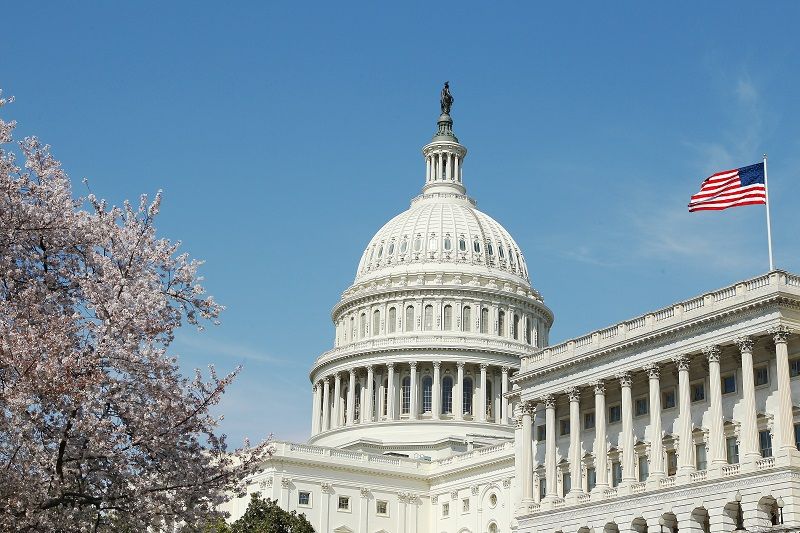Summary
This study updates past research to benchmark Oregon’s spending (Pozdena and Fruits 2004). Revenue and expenditure data are from the U.S. Census Bureau’s census of state and local governments for 2004–05 (Tables 1 and 2). Demographic data are from the U.S. Census Bureau, U.S. Bureau of Labor Statistics, U.S. Bureau of Economic Analysis, and the U.S. Department of Agriculture.
At $8,060 per person, Oregon is in approximately the top third of all states in per capita state and local government expenditures. Per capita measures, however, do not account for demographic differences across states.
This study use linear regression analysis to evaluate the extent to which Oregon over- or underspends relative to states with similar demographics. The following summarizes our results.
- Total expenditures Oregon ranks seventh in total overspending relative to its demographics (Table 3). State and local governments spend approximately 10.6 percent more than would be expected for a state with Oregon’s demographics. Much of the overspending is likely due to public employee retirement obligations and interest on outstanding debt.
- K-12 education expenditures Oregon ranks 16th in total overspending relative to its demographics (Table 4). State and local governments spend approximately 7.5 percent more than would be expected for a state with Oregon’s demographics. Despite the intervening recession that cut into education expenditures, Oregon’s overspending increased slightly since the last study. This can be explained by the fact that many other states faced the same fiscal pressures as Oregon and reduced or slowed their growth in education expenditures.
- Health and hospital expenditures Oregon is at approximately the median of under- or overspending relative to its demographics (Table 5). State and local governments spend approximately 3.3 percent more than would be expected for a state with Oregon’s demographics. Oregon’s overspending declined since the last study largely because the intervening recession prompted substantial reductions in spending on the Oregon Health Plan.
- Highway expenditures Oregon ranks 19th in total overspending relative to its demographics (Table 6). State and local governments spend approximately 9.7 percent more than would be expected for a state with Oregon’s demographics. This represents a change from our last study, which found that Oregon underspent relative to similar states. The last legislative sessions have seen increases in highway expenditures to address unsustainable decay in the State’s highway infrastructure.
- Police and corrections expenditures Oregon ranks 6th in total overspending relative to its demographics (Table 7). Its state and local government expenditures exceed similar states by 29.5 percent.
- Welfare expenditures Oregon is at approximately the median of under- or overspending relative to its demographics (Table 8). State and local governments spend approximately 3.4 percent more than would be expected for a state with Oregon’s demographics.
About Cascade Policy Institute: Founded in 1991, Cascade Policy Institute is Oregon’s premier policy research center. Cascade’s mission is to explore and promote public policy alternatives that foster individual liberty, personal responsibility and economic opportunity. To that end, the Institute publishes policy studies, provides public speakers, organizes community forums and sponsors educational programs.
Cascade Policy Institute is a tax-exempt educational organization as defined under IRS code 501(c)(3). Cascade neither solicits nor accepts government funding and is supported by individual, foundation and business contributions. Nothing appearing in this document is to be construed as necessarily representing the views of Cascade or its donors, or as an attempt to aid or hinder the passage of any bill before any legislative body. The views expressed herein are the author’s own. Copyright 2006 by Cascade Policy Institute. All rights reserved.











